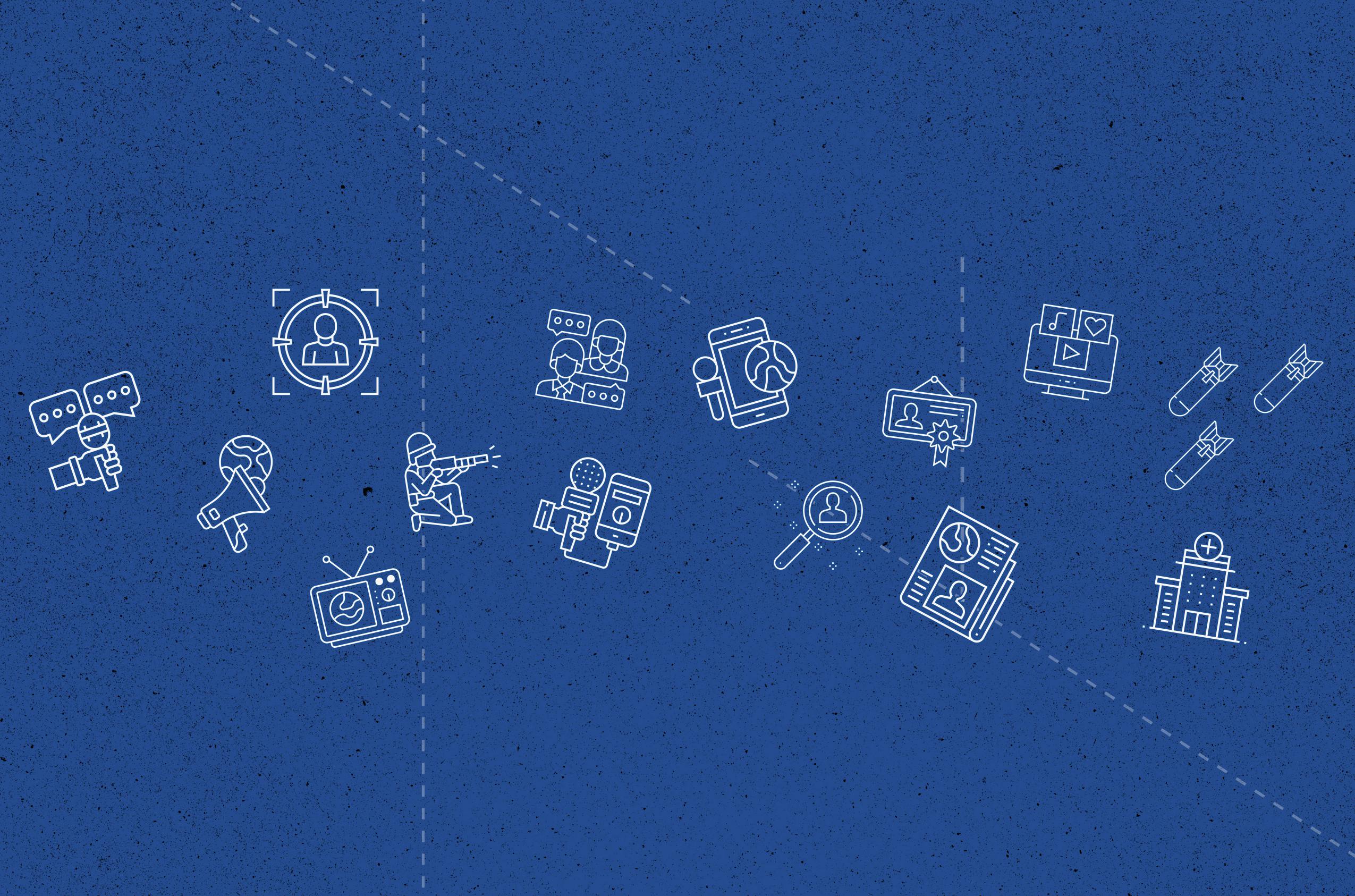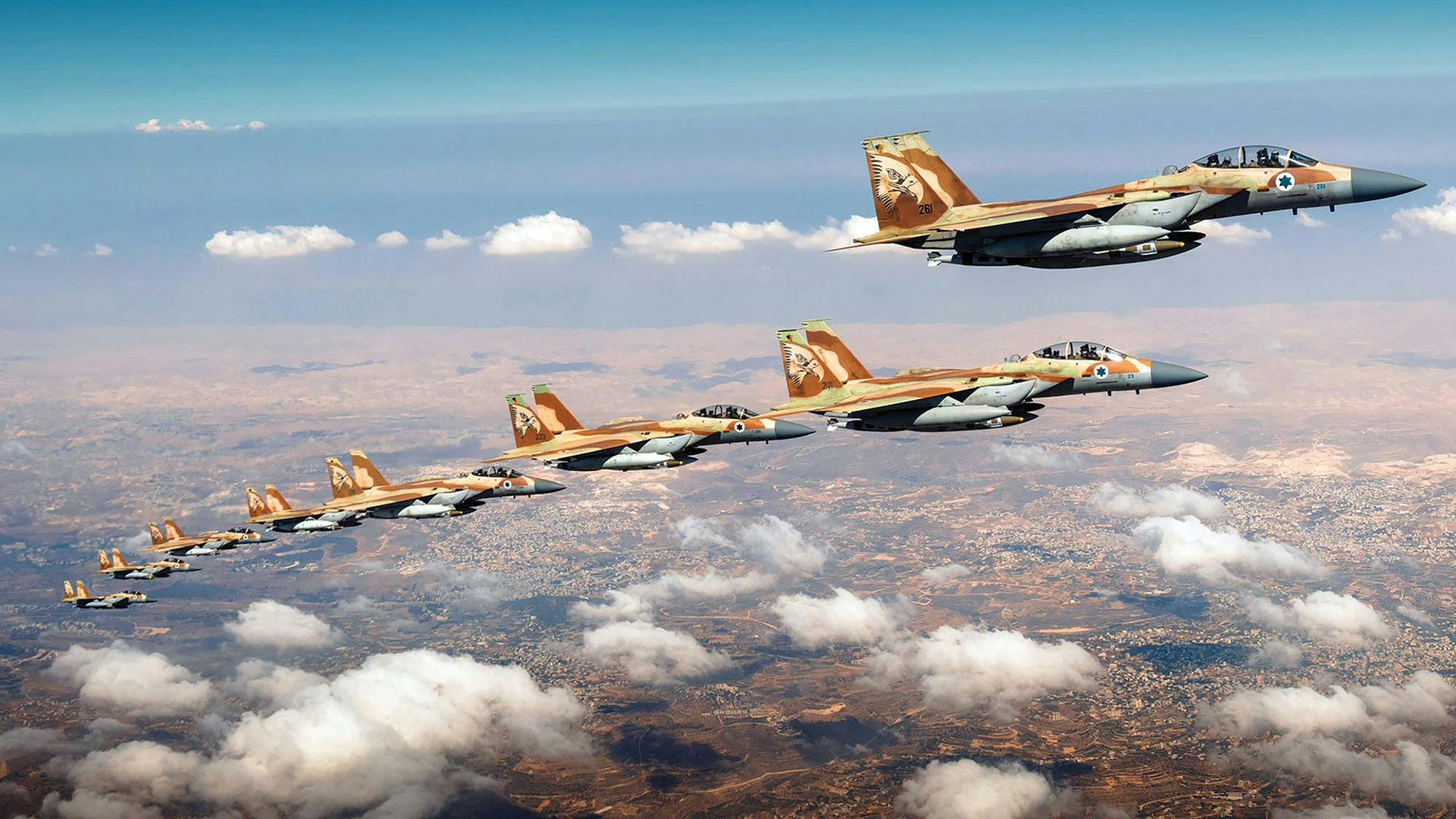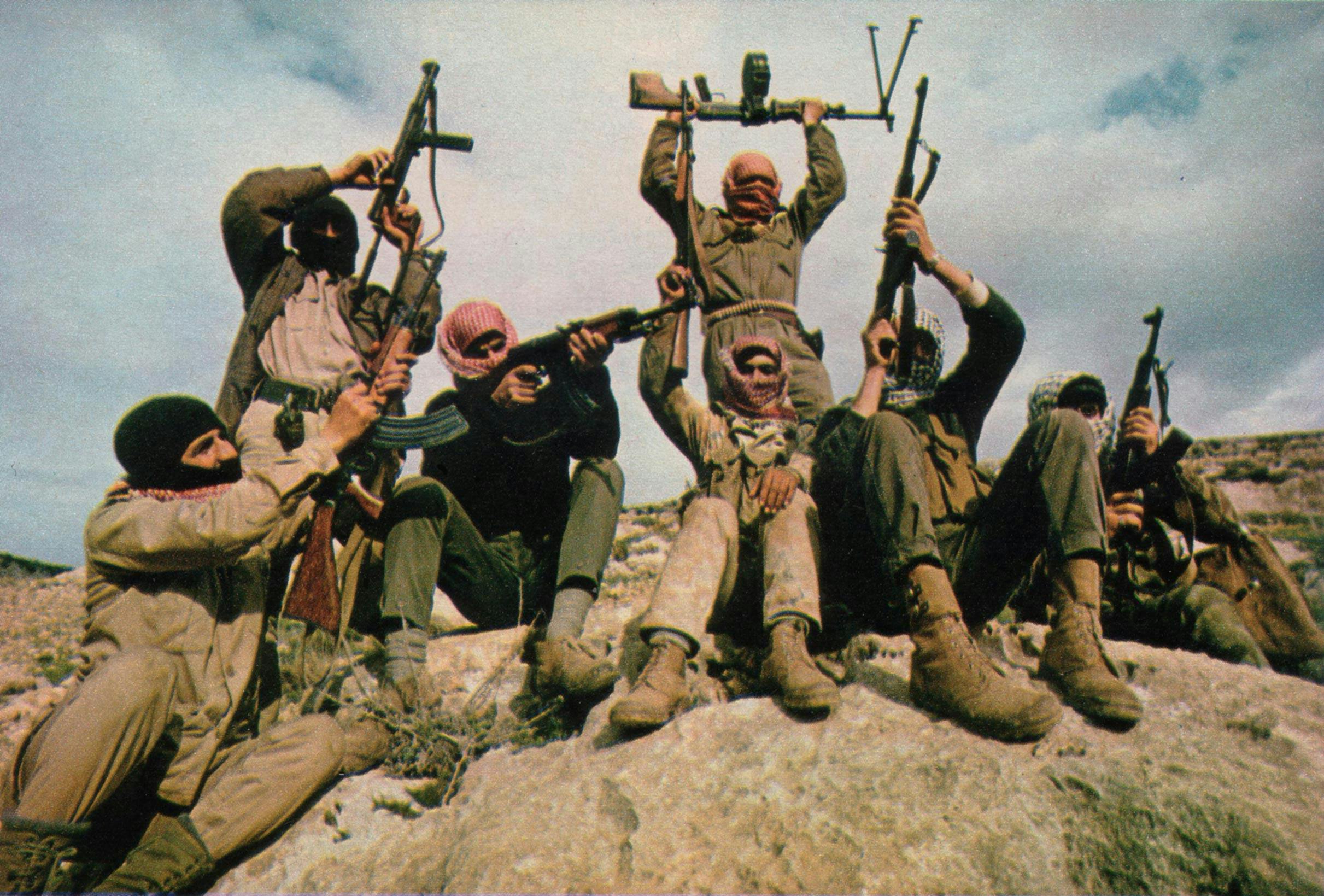The War Within the War
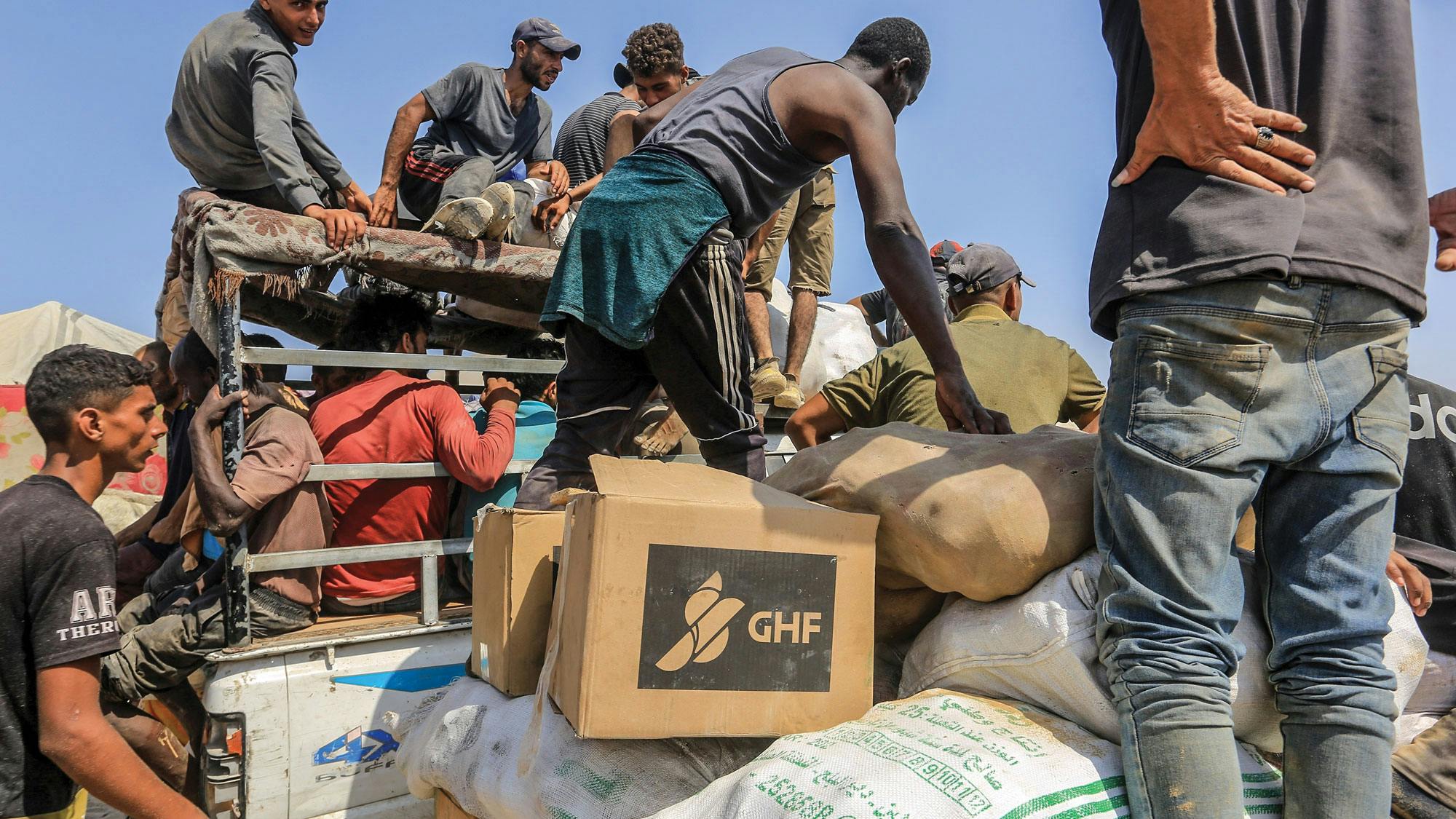
In Gaza’s tumultuous arena, two million dislodged people navigate between the IDF’s war against Hamas and its quest to recover Israel’s hostages on the one hand, and their need to find the daily necessities of life on the other. The fierce struggle over humanitarian assistance reveals the true battleground. Israel is not morally responsible to feed those who are holding its citizens captive and refuse to release them. Yet the world nonetheless charges Israel to do just that—and then blames the Jewish state when the measures it employs fall short. Meanwhile, it is clear to all who have been watching the conflict unfold—except, of course, those duped by a scathing anti-Israel narrative, that Hamas uses aid as a ruthless tool of control to prolong the war indefinitely.
Since March 2025, when Israel imposed a comprehensive blockade following the collapse of a brief ceasefire, humanitarian assistance in the strip has gone from lifeline to leverage. Hamas, the Islamic terror organization that has ruled Gaza since 2007, uses aid to force loyalty from Gazans and retain its tyrannical position. Yet a bold new player—the American-backed Gaza Humanitarian Foundation (GHF)—has emerged to challenge this monopoly, triggering a contest that has reportedly claimed hundreds of lives.
The Economics of Desperation
Hamas’s stranglehold on Gaza began crumbling after its October 7, 2023 assault on Israel. The Israeli response has devastated the enclave, but also created an unprecedented opportunity for Hamas to weaponize humanitarian need.
According to Hamas-run health authorities, over 61,000 Palestinians have been killed in the conflict, with nearly half being women and children. However, this figure doesn’t distinguish between combatants and civilians, and fails to account for death from natural causes. Moreover, there is no way to independently verify it. What remains less disputed is the scale of displacement: nearly 90% of Gaza’s population has been forced from their homes, creating a human catastrophe of monumental proportions.
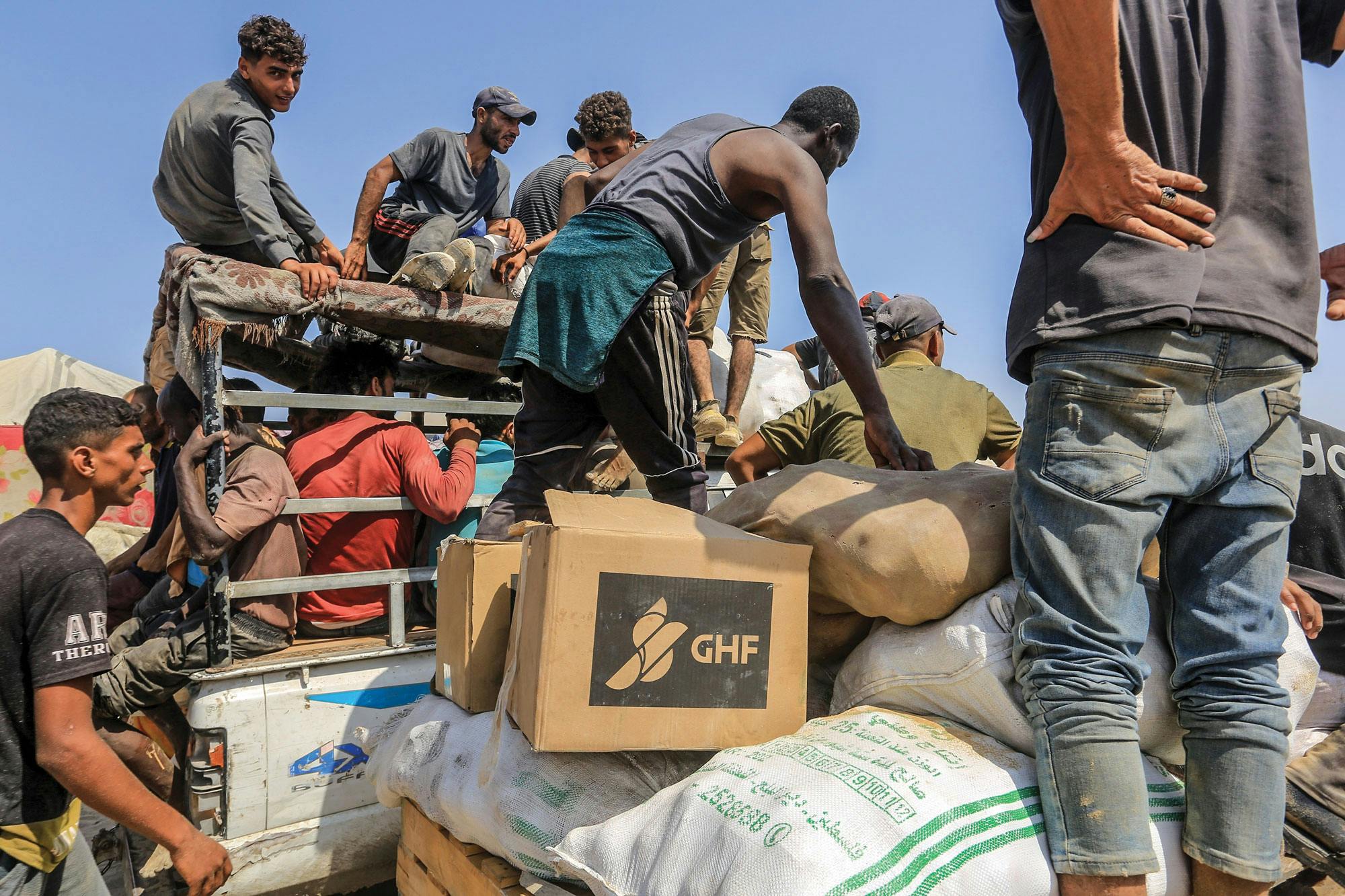
In this fog of war, Hamas discovered gold. By controlling distribution networks, the group has generated more than US $500 million since October 2023 through systematic skimming and resale of aid at inflated prices to desperate civilians. Despite USAID claims of finding “no evidence of widespread theft by Hamas,” multiple sources document extensive diversion operations, including Hamas operatives embedded within UN distribution networks.
The discrepancy between official findings and reality reflects the inherent limitations of investigating Hamas activities in a war zone where the group controls information flow and violently intimidates witnesses.
Enter the Disruptor
The GHF launched operations in May as a direct challenge to the existing aid architecture. Unlike traditional aid organizations that coordinate with local authorities—including Hamas—GHF operates under Israeli military protection, bypassing Hamas entirely and using fortified distribution sites. By late July, GHF claimed to have distributed over 96 million meals across its network of secure sites.
The organization’s model represents a radical departure from conventional humanitarian practice: private military contractors guard distribution points; aid recipients are processed through controlled entry points; and the entire operation functions under Israeli oversight.
The Human Cost of Delivering Aid in a War Zone
The UN Office of the High Commissioner for Human Rights claims that, since May, 1,373 Palestinians have been killed while seeking food, with 859 deaths reported near GHF sites. These figures, provided by Hamas-affiliated sources, remain unverified and lack evidence tying them directly to GHF operations. Instead, the data points to a grim reality: the violence plaguing aid distribution is largely driven by Hamas’s deliberate interference, not the actions of GHF or the IDF.
GHF’s security-first model prioritizes delivering aid directly to those in need while preventing Hamas from hijacking supplies to fuel its terrorist activities. This innovative approach operates in a volatile environment where Hamas’s Arrow Unit has been documented inciting havoc at distribution sites, often putting desperate civilians in harm’s way. The IDF, tasked with securing these areas, faces the impossible challenge of maintaining order amid Hamas-orchestrated stampedes and provocations. Israel firmly denies allegations of excessive force, asserting that its troops use only warning shots to manage surging crowds, a necessary measure to protect both civilians and aid operations from Hamas’s sabotage.
Reports from medical organizations like Doctors Without Borders note a 190% spike in gunshot wounds in early June, coinciding with GHF’s operational launch. They claim the distribution system forces Palestinians to “choose between starvation or risking their lives for aid.” Yet this framing ignores the root cause: Hamas’s cynical exploitation of civilians as human shields to disrupt aid efforts and demonize Israel.
The Clan Wars
Gaza’s tribal landscape has added another layer to the struggle: clan-based militias stepping into the power vacuum left by Hamas’s weakening grip. Israeli Prime Minister Benjamin Netanyahu acknowledged in June that Israel is arming clan members as a counterweight to Hamas, stating it “saves the lives of IDF soldiers” by fostering local opposition to the terrorist group.
The most prominent of these clans is the Popular Forces, led by Yasser Abu Shabab, a Bedouin smuggler commanding roughly 300 fighters. Operating primarily in eastern Rafah near the Kerem Shalom crossing, Abu Shabab’s militia has reportedly seized control of a small strip of territory, establishing an autonomous administration under Israeli military oversight, the first area in Gaza not governed by Hamas since 2007. His group claims to secure aid convoys and admits to “coordinating” with Israel only on logistical support.
The Complicity of the UN Gives Legitimacy to Hamas
The UN and over 170 humanitarian organizations have refused to cooperate with GHF, citing concerns about militarizing aid distribution. However, this resistance stems from institutional relationships with Hamas-controlled authorities rather than genuine humanitarian principles. The UN’s opposition to GHF serves Hamas’s interests by maintaining the broken system that allows continued aid manipulation. Hamas’s insistence on UN-controlled aid distribution is not about getting aid access for Gaza’s two million inhabitants; it’s about preserving the corrupt system that enables systematic theft and population control.
The UN system provides Hamas with perfect cover: international legitimacy; predictable delivery schedules for interception; and built-in deniability when aid diversion occurs.
For Israel, GHF represents more than humanitarian assistance. It’s a calculated effort to dismantle Hamas’s governance capabilities. By creating an alternative aid distribution system, Israel aims to demonstrate that civilian needs can be met without empowering the militant group.
US special envoy Steve Witkoff and Ambassador Mike Huckabee’s August 2025 visit to GHF sites underscored American commitment to the model, despite international criticism.
Endgame
As negotiations continue over Gaza's future, aid control remains central to any potential settlement. Hamas has continually made aid distribution a non-negotiable element in ceasefire talks, demanding GHF’s removal and UN restoration. For Hamas, this isn’t about humanitarian efficiency; it’s about survival. In Gaza, where the sustenance of its residents depends on external assistance, controlling that assistance means controlling everything else. With Hamas’s strategy primarily being a war of attrition, and Israel’s a war of resolve, the battle for aid distribution has emerged as a critical determinant in shaping Gaza’s future.
Related Resources

Discover Your Purpose and God’s Heart For You
In today's divided, turbulent world, it's essential for the Church to rediscover God's heart. Our free e-book, authored by a seasoned expert with three decades of experience in Israel, delves deep into the teachings of Jesus (Yeshua) to reveal God’s principles of love and purpose. Learn how embracing these truths can bring significance and impact to your life, even amidst chaos. Subscribe now to receive your free copy and embark on a journey of transformation.

